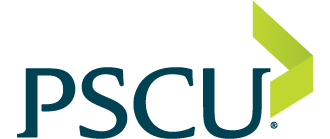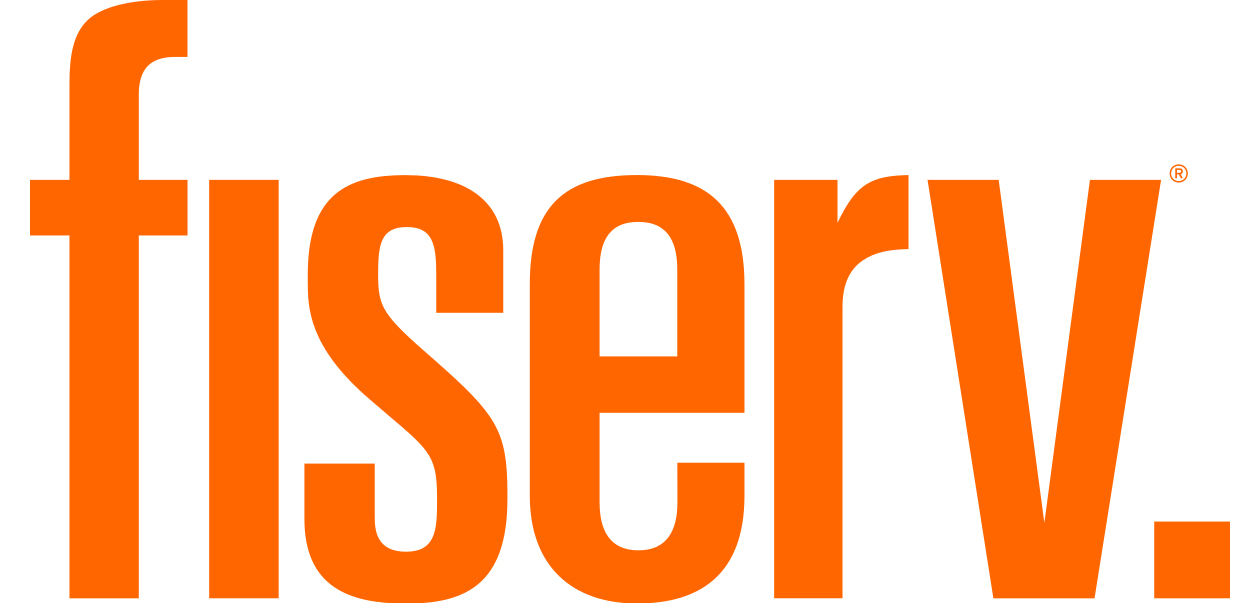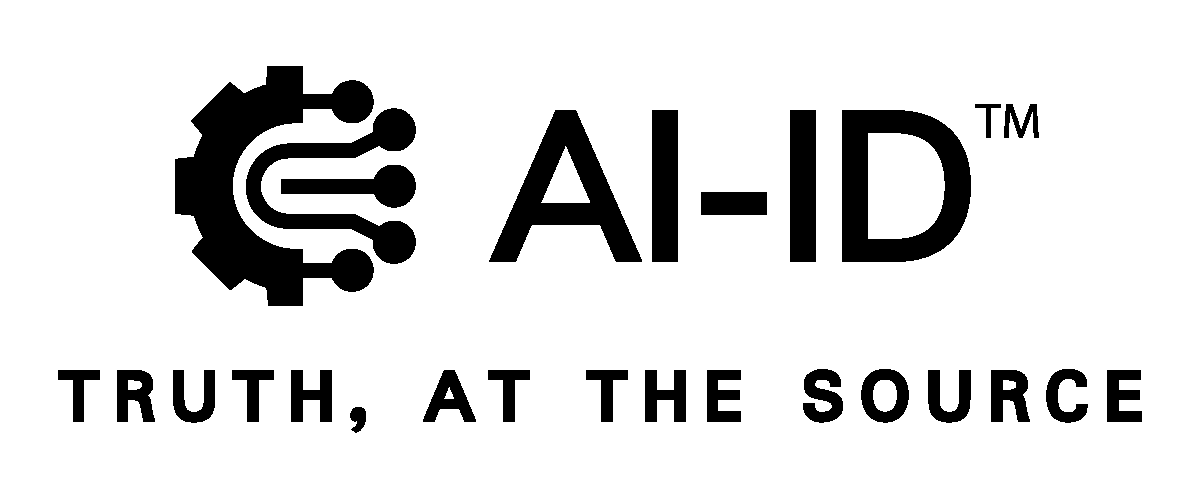The headlines surrounding AI have been breathless these past several months, heralding landmark technology that stands poised to transform all facets of life — including commerce and payments.
First thing’s first.
The reality is that AI’s been around for a while — decades, even. But with the recent advances via generative AI (GenAI), more firms can harness large language models to change back-office flows and customer-facing interactions.
And in the latest iteration of the What’s Next in Payments series — this time focused on AI — 10 payments execs told us about the evolution of AI … where we’ve been and where we’re headed.
Decades in the Making
 Vlad Jovanovic, vice president of innovation at PSCU, told PYMNTS that “the enterprises that invest in building new experiences today (with the aid of AI) will stand to gain tremendous benefits to their ROI in the future,” he said.
Vlad Jovanovic, vice president of innovation at PSCU, told PYMNTS that “the enterprises that invest in building new experiences today (with the aid of AI) will stand to gain tremendous benefits to their ROI in the future,” he said.
As to the history that’s led us to the current state of affairs: Through the past decades, the initial forays into AI were limited by rules-based and statistical methods. Those methodologies have now given way to the deep-learning techniques that generative AI models use today.
Now, chatbots — ChatGPT most visibly among them — have demonstrated what Jovanovic said “is an enhanced ability to grasp nuances and generate creative content across diverse domains.”
 Brandy Wood, Vice President, Head of Client Experience Products at Carat from Fiserv, said that AI’s “been around since the 1950s.” Back then, she said, there was initial documentation done on the mathematical feasibility of AI. What hindered its development, perhaps not surprisingly, were the limitations of the technology of the time. Computers were limited and prohibitively expensive.
Brandy Wood, Vice President, Head of Client Experience Products at Carat from Fiserv, said that AI’s “been around since the 1950s.” Back then, she said, there was initial documentation done on the mathematical feasibility of AI. What hindered its development, perhaps not surprisingly, were the limitations of the technology of the time. Computers were limited and prohibitively expensive.
“But now technology is in a place where it’s accessible to the masses,” she said, “and there’s an open-source community that can experiment” with AI and emerging use cases.
 Kirk Donohoe, chief product officer at Mangopay, added his own take: “Ninety percent of everything we deal with on a daily basis is unstructured data, and that’s where Gen AI has really come to the fore over the last 24 months or so,” Donohoe told PYMNTS.
Kirk Donohoe, chief product officer at Mangopay, added his own take: “Ninety percent of everything we deal with on a daily basis is unstructured data, and that’s where Gen AI has really come to the fore over the last 24 months or so,” Donohoe told PYMNTS.
Where We Are Now
 AI-ID founder and CEO Shaunt Sarkissian told PYMNTS CEO Karen Webster that there are already tangible use cases developing for AI — especially in the fraud-fighting arena.
AI-ID founder and CEO Shaunt Sarkissian told PYMNTS CEO Karen Webster that there are already tangible use cases developing for AI — especially in the fraud-fighting arena.
“There is the low-hanging fruit of fraud management and KYC [know your customer],” he explained. “You are already seeing people trying to address synthetic identity fraud … security is going to be a big theme.”
Back office processes are already getting a facelift, he said. Tasks such as filling out wire transfer forms and suggesting routing for payment messaging can be expedited using AI. This automation will not only save time but also reduce the chances of errors, Sarkissian said. Additionally, the integration of AI into payments orchestration and routing can optimize processes, leading to cost savings and personalized recommendations for customers.
“Whether it’s giving suggested routing for payment messaging and things like that, you’ll start to see a lot of those positive things come to the surface,” he said.
 Doriel Abrahams, head of risk, U.S. and principal technologist at Forter, noted that “With generative AI, you can now talk to computers — we have become less active and the computers are now going to work for us.” By leveraging network knowledge and identifying shared behavior, businesses can make more informed decisions about transactions. This enables a more efficient and secure payment experience for both consumers and retailers.
Doriel Abrahams, head of risk, U.S. and principal technologist at Forter, noted that “With generative AI, you can now talk to computers — we have become less active and the computers are now going to work for us.” By leveraging network knowledge and identifying shared behavior, businesses can make more informed decisions about transactions. This enables a more efficient and secure payment experience for both consumers and retailers.
 Eric Lefebvre, chief technology officer at Sovos, said generative artificial intelligence will change business practices in more of an evolutionary fashion, rather than heralding revolutionary change.
Eric Lefebvre, chief technology officer at Sovos, said generative artificial intelligence will change business practices in more of an evolutionary fashion, rather than heralding revolutionary change.
Data, of course, is the critical component. “For every transaction, every payment card transaction and ACH” taken as a whole, “there are just terabytes of data produced every single day in the normal course of commerce,” he said.
Lefebvre posited that the best results will be seen in areas where there’s already knowledge about several metrics: approval rates, fraud rates and even how consumers view their online interactions with companies and providers.
He said fraud is a particular greenfield opportunity. Fraudsters have been using AI to create a variety of attack vectors (impersonating legitimate individuals and entities), so the goal of banks and merchants is to make sure that the transaction itself is valid, and that someone sending or receiving money is who they say they are.
“We’re mining this data to create rules from that data,” as the transactions are viewed in real time, enabling enterprises to be proactive about stopping fraudsters in their tracks, rather than reactive, he said.
Headed Toward Personalization
 Michael Haney, head of product strategy at Galileo Financial Technologies, said that AI can transform financial services across a number of workflows and interactions, and will improve loan decisioning and other interactions, he said, supporting loan lifecycle management from the applications to credit collections. Hyper personalization will be a hallmark as companies use structured and unstructured data and real-time context to create and disseminate the next-best offers at the point of sale.
Michael Haney, head of product strategy at Galileo Financial Technologies, said that AI can transform financial services across a number of workflows and interactions, and will improve loan decisioning and other interactions, he said, supporting loan lifecycle management from the applications to credit collections. Hyper personalization will be a hallmark as companies use structured and unstructured data and real-time context to create and disseminate the next-best offers at the point of sale.
Looking at the Risks — and Regulation
But the rewards, as mentioned above, are not without risks. There still remain concerns about data collection and uses. So-called “hallucinations,” where the content and data returned by generative AI models are incorrect or misleading still bedevil the sector.
We’re seeing the initial forays of regulation and standardization in the sector, which the European Union is pursuing through its own AI legislation.
 Netanel Kabala, chief data and analytics officer at Nuvei, told PYMNTS that being able to audit generative AI’s “black box” of decisioning will be crucial, and organizations need to start building the “proper steps and the proper explainability measurements” now to stay ahead of the innovation and address any future challenges.
Netanel Kabala, chief data and analytics officer at Nuvei, told PYMNTS that being able to audit generative AI’s “black box” of decisioning will be crucial, and organizations need to start building the “proper steps and the proper explainability measurements” now to stay ahead of the innovation and address any future challenges.
 Tim Christensen, senior vice president of product, digital, innovation and AI at Synchrony, said that “you can’t just build an experience with AI, put it in front of a customer, and slap a disclaimer on it that says, ‘AI results may be inaccurate’ and think that’s good enough.” For companies such as Synchrony, a judicious approach to risk management and considering new use cases thoroughly are critical as regulatory frameworks are developed over time.
Tim Christensen, senior vice president of product, digital, innovation and AI at Synchrony, said that “you can’t just build an experience with AI, put it in front of a customer, and slap a disclaimer on it that says, ‘AI results may be inaccurate’ and think that’s good enough.” For companies such as Synchrony, a judicious approach to risk management and considering new use cases thoroughly are critical as regulatory frameworks are developed over time.
 Sunil Rajasekar, CEO of Billtrust, said that regulation will help ensure there are checks and balances in the AI realm, ensuring that explainability is factored into models as they’re developed and as they evolve. The guardrails and staggered implementations will be especially critical as AI becomes more fully integrated into everything from traffic to defense systems.
Sunil Rajasekar, CEO of Billtrust, said that regulation will help ensure there are checks and balances in the AI realm, ensuring that explainability is factored into models as they’re developed and as they evolve. The guardrails and staggered implementations will be especially critical as AI becomes more fully integrated into everything from traffic to defense systems.
Of GenAI’s future, Rajasekar told us, “I do believe that the overall trajectory is going to ‘up and to the right.’ There may be stumbles along the way … but I am excited about where we are and what’s coming next.”









